Blog
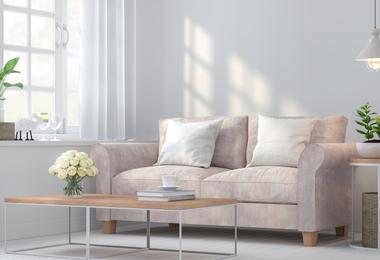
The Best Window Styles for Maximizing Natural Light
Different window styles capture sunlight in their own unique ways. The size, placement, and design of each window play a significant role in how light fills your home. Among the most effective choices for maximizing daylight are picture, bay, bow, and casement windows.
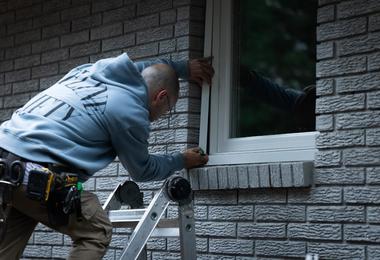
Standard Window Sizes in Canada: A Complete Guide for Homeowners
Windows provide light, comfort, and energy efficiency — they’re key to every Canadian home. But contrary to what many homeowners assume, window sizes aren’t chosen at random. In Canada, well-defined industry standards — measured in both imperial and metric units — guide the design, production, and installation of windows.

Steel vs. Wood Exterior Doors: Major Things to Consider
When choosing between steel and wood exterior doors, it helps to understand how each material performs in Canadian conditions. Both materials can enhance comfort and curb appeal — your choice simply depends on whether you prefer long-lasting ease or the timeless charm of natural wood.
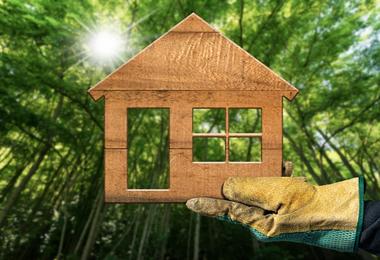
Sustainable Window Materials in Canada: Eco-Friendly Choices
In many Canadian homes today, you’ll find energy-saving appliances, smart thermostats, and double- or triple-pane windows. But how often do homeowners ask: What are these windows made of? In 2025's climate-conscious housing market, that question matters more than ever.
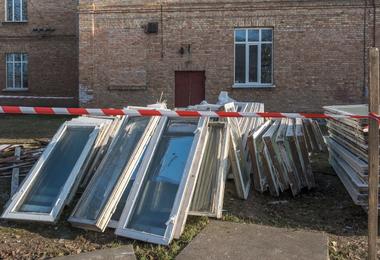
Eco-Friendly Disposal and Recycling of Old Windows and Doors
Sustainable disposal is more than following rules — it’s about making choices that protect the environment and strengthen local communities. By recycling or repurposing old units, homeowners contribute to a circular economy — one that keeps materials in use longer, reduces demand for new raw resources, and lowers overall carbon emissions.
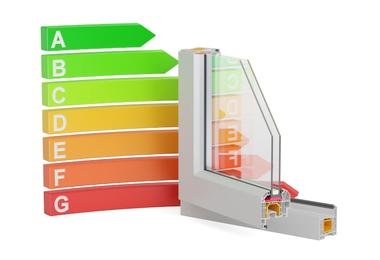
Maximizing Energy Savings with Energy Star-Rated Windows in Ontario
A window carrying the ENERGY STAR® label represents verified, proven energy performance tailored to our climate zones. These standards ensure windows deliver measurable efficiency in real-world Canadian conditions — where performance isn’t optional, especially during long, cold winters.
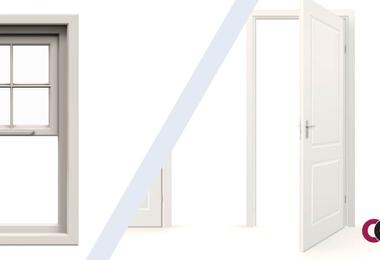
Window and Door Cut-Outs: What You Need to Know
In every home, windows and doors begin as carefully measured openings in the walls — known as cut-outs. These openings are carefully engineered to support your home’s structure while fitting frames that ensure comfort, quiet, and security. Whether you’re upgrading an older Toronto bungalow, or customizing a new Maritime build, proper planning ensures the perfect fit for Canadian conditions.

Comparing Window Frame Materials: Aluminum, Vinyl, and Wood
When deciding on new or replacement windows, homeowners often face a crucial question: What material is best for my window frames? The answer lies in understanding how aluminum, vinyl, and wood differ in performance, maintenance, aesthetics, and value.
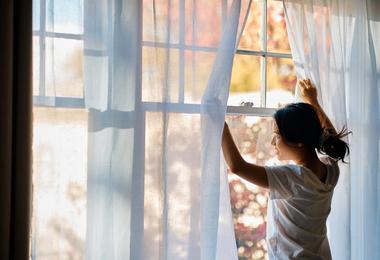
Should You Open House Windows Every Day?
Clean indoor air makes your home more comfortable, supports your family’s health, and even boosts daily focus. According to CMHC, indoor air can contain up to five times more pollutants than outdoor air. Regular ventilation ensures your home feels lighter, cleaner, and more comfortable all year round.
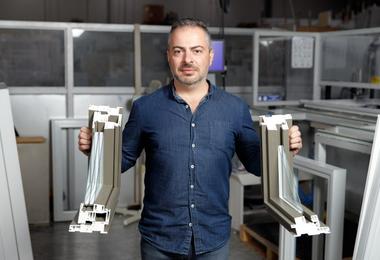
Understanding Low-E Glass: Benefits for Energy Efficiency
If your windows feel cold to the touch on a Canadian winter day, you’re not alone. The furnace is running, but you still feel the chill creeping through the glass. That’s precisely the problem Low-E glass was designed to solve — keeping homes warmer in winter and cooler in summer. But what is it, really?
- Maritimes 6
- Product Comparisons 20
- Buying Guides 23
- Doors Types 26
- Energy Efficiency and Sustainability 31
- Home Improvement 23
- Installation and Replacement Tips 22
- Local Guides 41
- Maintenance and Repairs 29
- Manufacturers Reviews 7
- Pricing and Financing 14
- Room-Specific Windows 13
- Safety and Security 9
- Seasonal Tips 7
- Window Styles 12
- Window Types 40
- Past Projects



